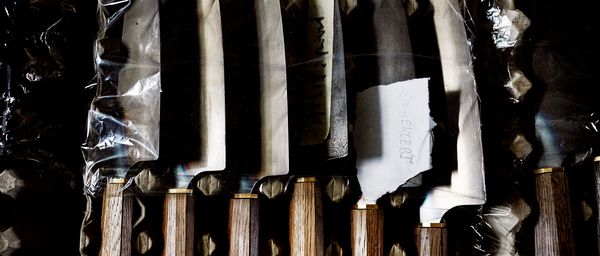The geometry tells you about how the blade was made. A good geometric shape for a blade is flat but slightly rounded: the two faces of the knife should bulge outwards, providing more material above the edge and allowing this part of the blade to be sharpened thinnly. The convex form also pushes the material being cut apart and keeps it from cleaving to the blade. Some knives have slightly uneven faces: this allows small pockets of air to form between the blade and foodstuffs being cut, helping them to slide off the face.

BLACKSMITH ULRICH HENNICKE HAND-MAKES QUALITY OAK-HANDLED KITCHEN KNIVES. WE VISIT HIS HOHENMOORER MESSERMANUFAKTUR TO FIND OUT HOW BLADES ARE MADE.
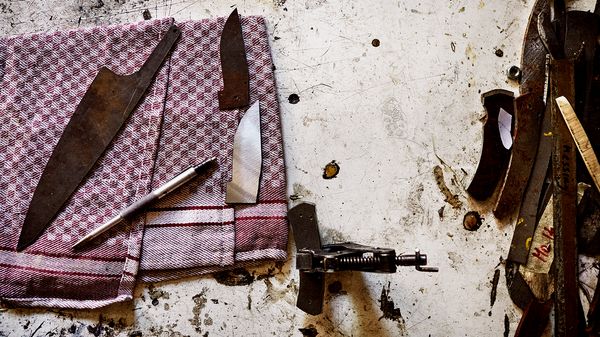
What are the characteristics of a good knife?
A well-made knife should look attractive and feel good in the hand; it will have a straight blade and tidy working on the handle. Also, when you turn a knife upwards in your hand and look down the blade from the handle, you can see its profile: along the top of the blade, the edge should be very, very thin, getting broader as the two faces fall away. So if you can make out a triangular form here, then that’s a good sign.
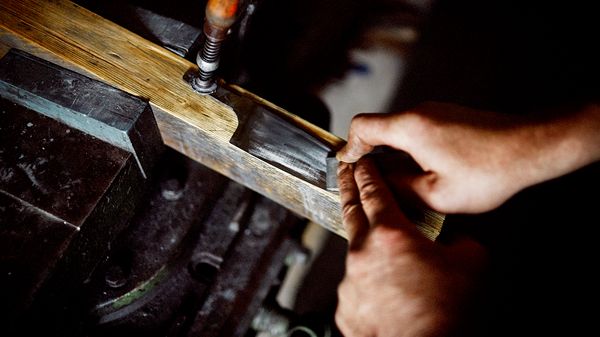
What is the difference between “the blade” and “the edge” and how can we test it?
The blade refers to the whole of the metal, while the edge is the part which is sharpened. To test the blade, take a sheet of A4 paper and hold it up in the air. All knives of any quality at all should be able to slice through it effortlessly.
People in the know talk about “blade geometry”: what do they mean?
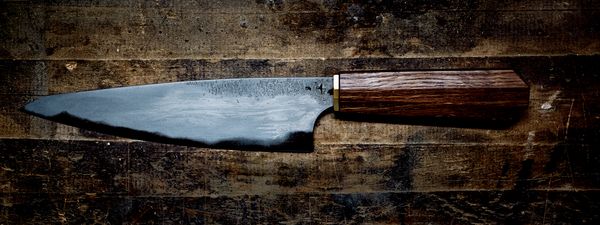
THE ANATOMY OF A GOOD KNIFE
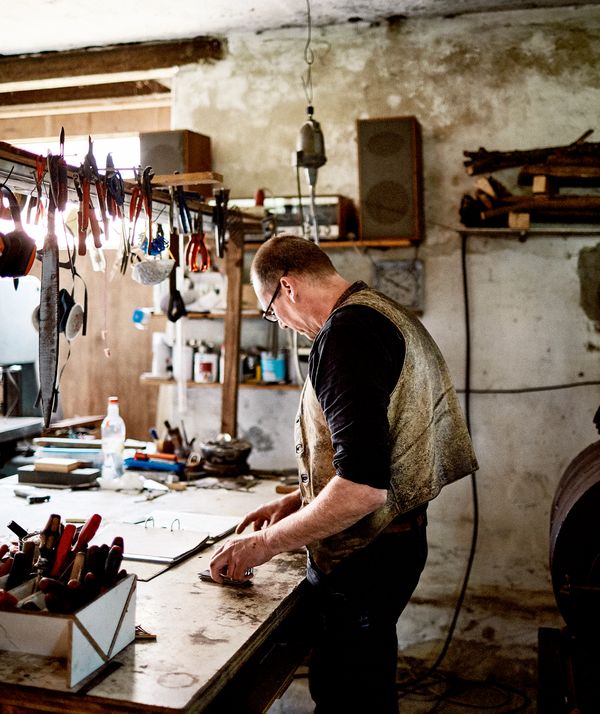
Do we need a different knife for every different kitchen task?
No. In fact, four knives with a good range of blade shapes and sizes are enough. You need a chef knife with a nice long blade for cutting up larger foodstuffs, a shorter utility knife, which you can use to cut smaller pieces, to peel and to make small incisions with. A santoku knife for meat, fish and vegetables and a paring knife are enough to round off the basic kit – you might want a bread knife, too. If you find yourself preparing specific dishes you’ll need an appropriate knife: a very thin blade to slice sushi or carpaccio, for example.
What are the things we should never do with our knives?
Avoid anything that dulls the blade: don’t cut onto glass, stone or steel, and don’t just throw them all into a drawer where their blades will rub against each other. And they shouldn’t go into the dishwasher either. With knife blocks, make sure to put the knives back in with their spines facing down so that they aren’t resting on the blade.
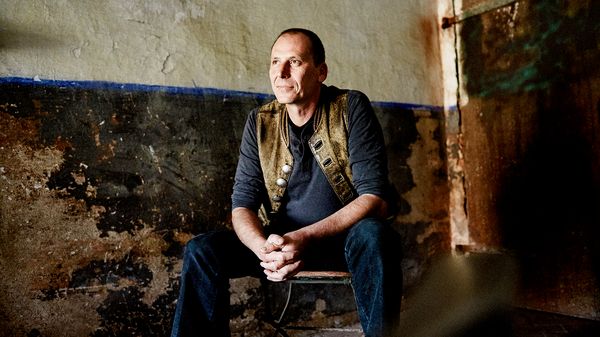
Why are some knives only ground on one face of the blade?
That’s how most Asian knives are made, for example; it’s called the “chisel grind” because of the shape. That means that, on a knife for a right hander, for example, only the right-hand face of the blade is plane parallel. As such, only this edge is sharpened, meaning that the angle of the edge is very fine indeed – 17 degrees, roughly – and can cut very fine slices from soft material. This kind of knife is not suited to harder vegetables, however.
The handle and how the knife feels is also important. What should we look out for here?
You’ve got to go with your gut here. Try out a range of holds and grips; some people like to use the pinch grip, for instance, holding the knife both on the handle and the blade and using their thumb and index finger to regulate movement and speed. This is where you’re “closest to the action”, if you will. I personally like all-purpose handles that allow me to hold the knife in a variety of ways.
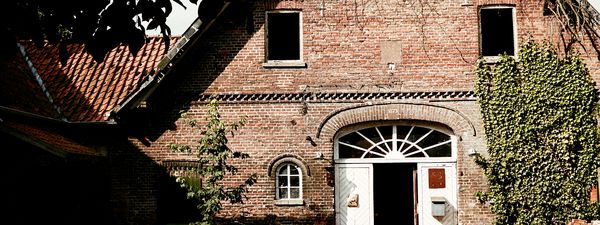
About Hohenmoorer Messermanufaktur
Ulrich Hennicke’s Hohenmoorer Messermanufaktur is located in Asendorf, near Bremen, in north-western Germany. This converted farmhouse, built in 1873, houses his forge, joinery and design office. He also offers courses on sharpening blades and making knives.
